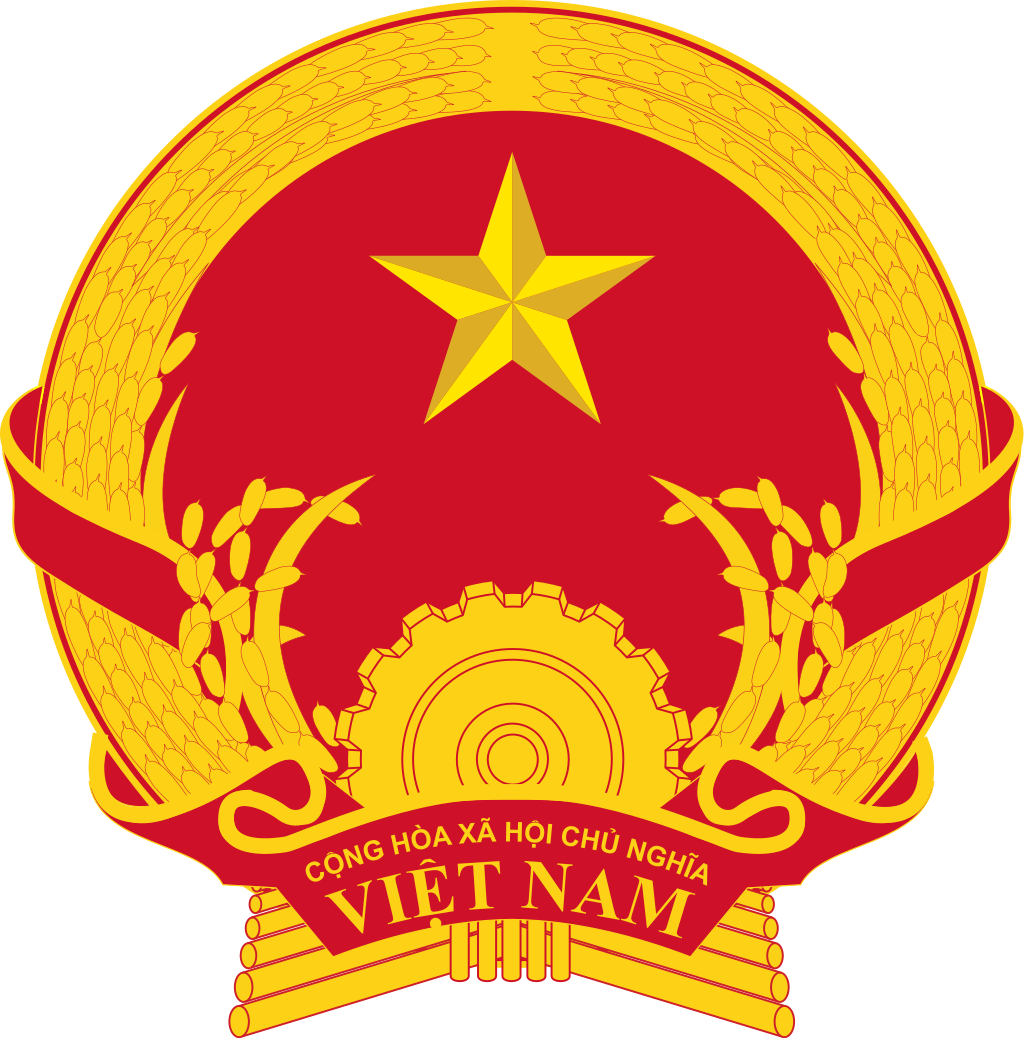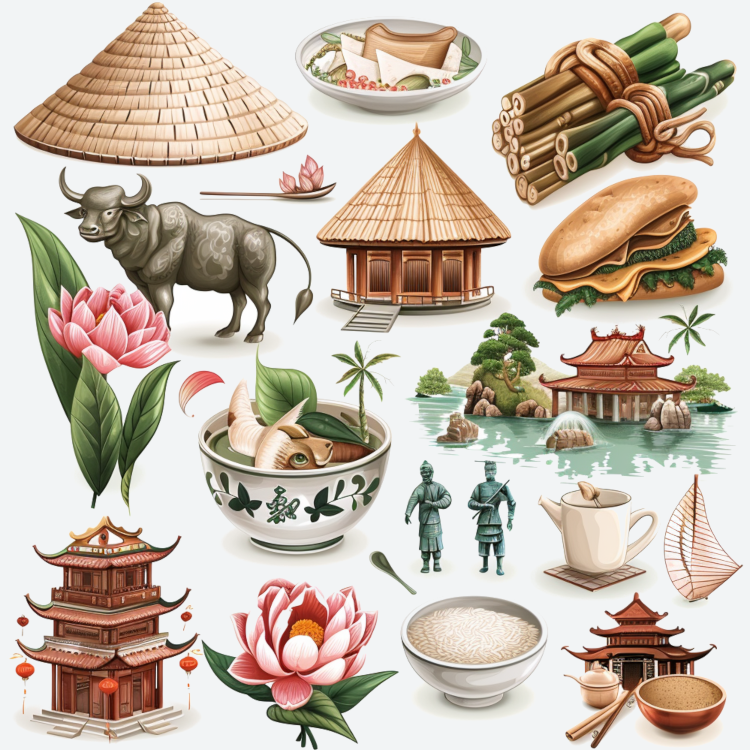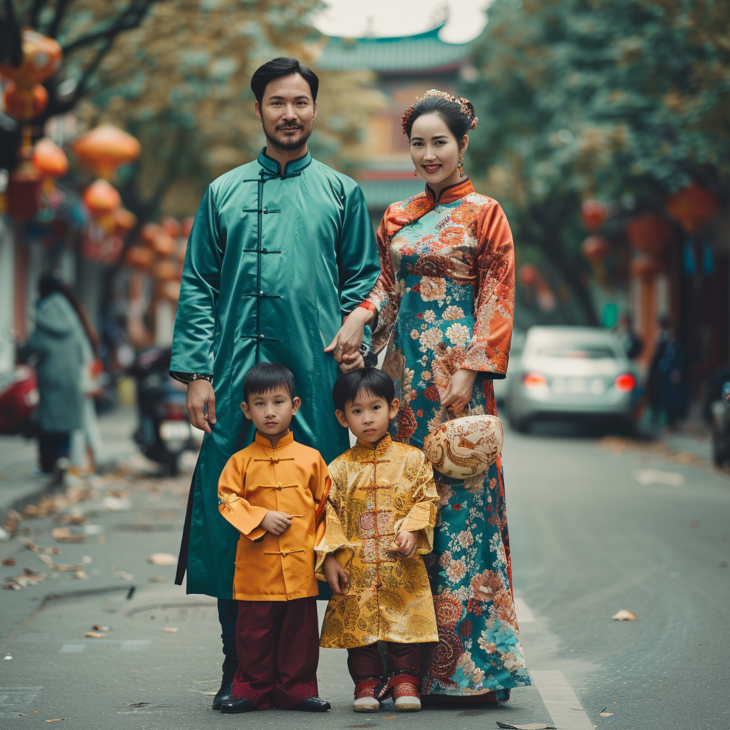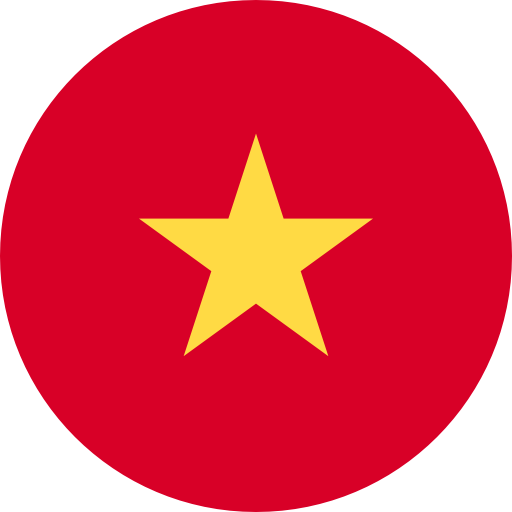About VN

Capital
The capital city of Vietnam is Hanoi.
Population
As of the latest estimates, Vietnam has a population of approximately 98 million people, making it the 15th most populous country in the world.
Area
Vietnam covers an area of about 331,212 square kilometers (127,882 square miles), making it the 65th largest country in the world.
Official Language
The official language of Vietnam is Vietnamese.
Government
Vietnam is a socialist republic with a single-party system. The Communist Party of Vietnam (CPV) is the sole governing party. The President serves as the head of state, and the Prime Minister is the head of government.
Independence
Vietnam declared independence from French colonial rule on September 2, 1945. After a period of conflict, Vietnam was reunified under communist rule in 1976.
Currency
The currency of Vietnam is the Vietnamese đồng (VND).
Economy
Vietnam has experienced rapid economic growth in recent decades, transitioning from a centrally planned economy to a socialist-oriented market economy. The economy is driven by manufacturing, services, agriculture, and exports, with key industries including textiles, electronics, agriculture, and tourism.
Natural Features
Vietnam is known for its diverse landscapes, including mountains, forests, rivers, and coastal areas. The country is home to UNESCO World Heritage Sites such as Ha Long Bay, Phong Nha-Kẻ Bàng National Park, and the ancient town of Hội An.
Culture
Vietnamese culture is rich and diverse, influenced by its history, traditions, and ethnic diversity. Traditional Vietnamese art forms include water puppetry, folk music, dance, and cuisine. Confucianism, Buddhism, and Taoism have also played significant roles in shaping Vietnamese culture and values.
Challenges
Vietnam faces various challenges, including environmental degradation, pollution, urbanization, and income inequality. The country also grapples with issues such as corruption, human rights abuses, and restrictions on freedom of expression.
Infrastructure
Vietnam has been investing in infrastructure development, including transportation, energy, telecommunications, and urban infrastructure, to support economic growth and improve living standards. Major infrastructure projects include the construction of highways, railways, ports, and airports.
International Relations
Vietnam maintains diplomatic relations with countries around the world and is a member of various international organizations, including the United Nations, ASEAN (Association of Southeast Asian Nations), and APEC (Asia-Pacific Economic Cooperation).
Tourism
Vietnam is a popular tourist destination, known for its natural beauty, rich history, and vibrant culture. Tourist attractions include ancient temples and pagodas, colonial-era architecture, bustling cities, scenic landscapes, and pristine beaches. Popular destinations include Hanoi, Ho Chi Minh City, Huế, Hội An, and Đà Nẵng.

National Items of Vietnam
Water Buffalo
The Water Buffalo (Bubalus bubalis) is the national animal of Vietnam. It symbolizes strength, diligence, and the agricultural heritage of the country, particularly in rice cultivation.
Lotus
The Lotus (Nelumbo nucifera) is the national flower of Vietnam. It represents purity, enlightenment, and resilience, often associated with Buddhist symbolism.
Bamboo
Bamboo is a significant symbol in Vietnamese culture. It represents resilience, flexibility, and the traditional rural lifestyle.
Conical Hat (Non La)
The Conical Hat, or Non La, is a traditional Vietnamese hat. It symbolizes the cultural heritage, craftsmanship, and traditional attire of the Vietnamese people.
Ao Dai
The Ao Dai is the traditional dress of Vietnam, worn by both men and women. It symbolizes cultural heritage, elegance, and national pride.
Pho
Pho is a traditional Vietnamese noodle soup. It represents the rich culinary heritage and the importance of food in Vietnamese culture.
Dragon
The Dragon is a mythical creature that is a significant symbol in Vietnam. It represents power, nobility, and protection and is often associated with the emperor and the Vietnamese state.
Ha Long Bay
Ha Long Bay is a UNESCO World Heritage site and an iconic natural landmark in Vietnam. It symbolizes the country's natural beauty and geological significance.
Vietnamese Coffee
Vietnamese Coffee, especially known for its unique preparation with condensed milk, symbolizes the rich culinary traditions and coffee culture of Vietnam.
Banh Mi
Banh Mi is a traditional Vietnamese sandwich. It represents the fusion of Vietnamese and French culinary influences and the country's rich food culture.
Hue Imperial City
The Hue Imperial City is a significant historical and cultural landmark in Vietnam. It symbolizes the country's royal heritage, architectural beauty, and historical significance.
Rice
Rice is a staple food and a crucial part of Vietnam's agriculture. It symbolizes sustenance, abundance, and the agricultural backbone of the country.
Vietnamese Pagoda
Traditional Vietnamese pagodas symbolize the country's Buddhist heritage, religious significance, and architectural beauty.
Water Puppetry
Water Puppetry is a traditional Vietnamese art form. It symbolizes the rich cultural heritage, creativity, and artistic traditions of Vietnam.
Cyclo
The Cyclo is a traditional three-wheeled bicycle taxi in Vietnam. It symbolizes the traditional modes of transportation and the cultural charm of Vietnamese cities.

An example of a hymn in Vietnamese, along with its English translation:
1. Chiên trên dôi nay
Nhiên sát Thánh Linh
Là vì Chúa phán
Chúng ta đây thờ phượng Ngài.
2. Chiên trên dôi nay
Nhiên sát Thánh Linh
Là vì Chúa phán
Chúng ta đây thờ phượng Ngài.


